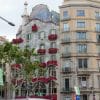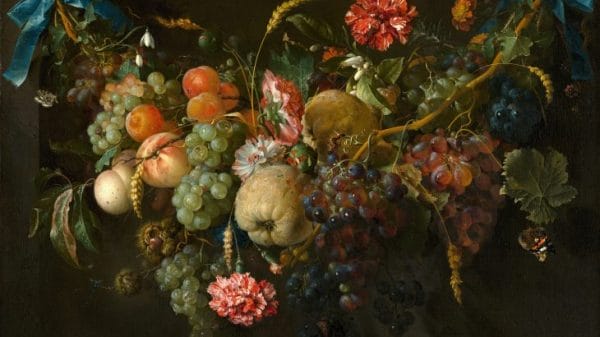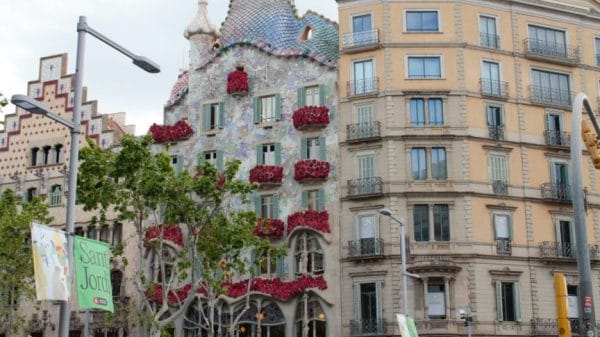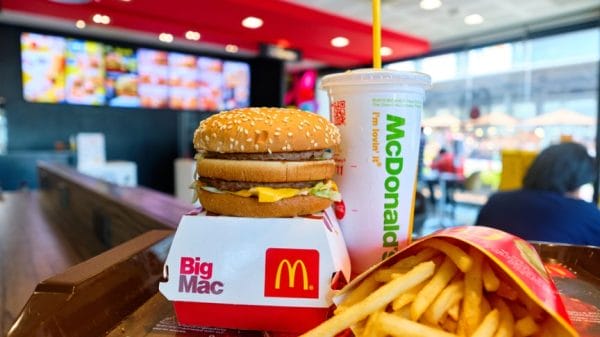Colmados, which are essentially small shops or grocery stores selling various items, have been around for hundreds of years. Beginning in Spain, with these businesses offering the basics alongside more exclusive products, the idea became more nuanced as it spread to other countries.
A Barcelonian might tell you it’s the best place to go for advice on your next wine or cheese purchase. Anyone living in the Dominican Republic will point you in the direction of one if you need a cup of flour. And the coveted New York ‘bodega’ finds its origin in this Spanish concept.
For example, the Dominican Republic’s colmados have developed into significant cultural places across the country. Compared to Barcelona’s gourmet shops, they are corner stores or kiosks where you can pick up things like toothpaste or cigarettes. Dominican colmados are central to life and have become gathering places for the community.
They range from single counters serving fruit and vegetables to larger buildings offering everything down to headphones. As well as delivering your groceries, a colmado is for socializing. Here, you can find people matching dominoes, dancing, karaoke nights, and makeshift bars.
This shapeshifting convenience store was also brought to the streets of New York, now commonly known as a ‘bodega’. A home away from home, a New Yorker’s bodega is an indelible part of city life. Deli-style sandwiches, lottery tickets, and the occasional cats form these urban institutions.
Whereas shopping in Barcelona’s remaining colmados today means being greeted by experts dressed in sensible, straight-cut smocks and choosing from a vast selection of the finest products.

Where did colmados originate?
During the late 19th century in Spain, the colmado or “tienda de ultramarinos” (overseas shop) sold luxury items, including spices, tea, and tobacco. While the neighborhood markets continued to sell everything else, the colmados supplied pineapples from South America, coffee beans from Cuba, and local delicacies such as tinned fish, cured meats, and preserves.
If food is an insight to a culture and society, then colmados were the culinary libraries made of shelves piled high displaying the latest food trends. Emporiums of the past, colmados are full of stories and choose to carry an important part of history into the future.
As larger supermarkets began to dominate the market, Spain’s colmado owners decided to become highly specialized by stocking items that couldn’t be found elsewhere. Combined with the quality of service and generations of families, the humanity behind them is hard to compete with.

Colmados in Barcelona
Considering the fast-paced shopping methods of today, coming across a colmado is a welcome break. Before entering one of Barcelona’s colmados, you’ll find yourself unable to resist the urge to gaze at the brightly-colored tins, vintage wines, caviar, and more in the window.
Whether they are small, nondescript shopfronts or elaborately designed facades, the colmados in Barcelona are run by experts in their field waiting to either introduce you to culinary wonders or guide you through thousands of products.
Some of the most iconic colmados in the city include Queviures Múrria, Colmado Quilez, and Mantequería La Sierra. With few of these establishments left, specialization continues to be key, and others have even decided to repurpose their space.

Queviures Múrria
It’s 12pm inside Joan Múrria’s colmado, the shop that’s been owned by his family since 1898. The lunchtime rush is about to begin. Passers-by stare at the striking modernist facade, and people wait to fill the small entrance. Joan’s staff are dressed in brown shirts stamped with Múrria in gold lettering, laying out the napkins and setting the reserved signs down.
The colmado closed in August 2022 and reopened as a tapas bar and restaurant. With mainly wine on the shelves and high dining tables taking up the rest of the front room, it’s clear Queviueres Múrria is finding its place in the 21st century.
According to Joan Múrria, this was a necessary step. He believes that compared to cities like Madrid and Paris, where visitors are willing to spend more, Barcelona is like a pretty museum to tourists that only needs to be admired.
This is why the awkward A2 sheet of paper stuck to the door that reads “visit—just looking (inside) 5€ x pers, thank you” seems easily justified. It’s unlikely that curious tourists in search of the most optimal Instagram snap are in search of salt-cured anchovies or Iberian ham.
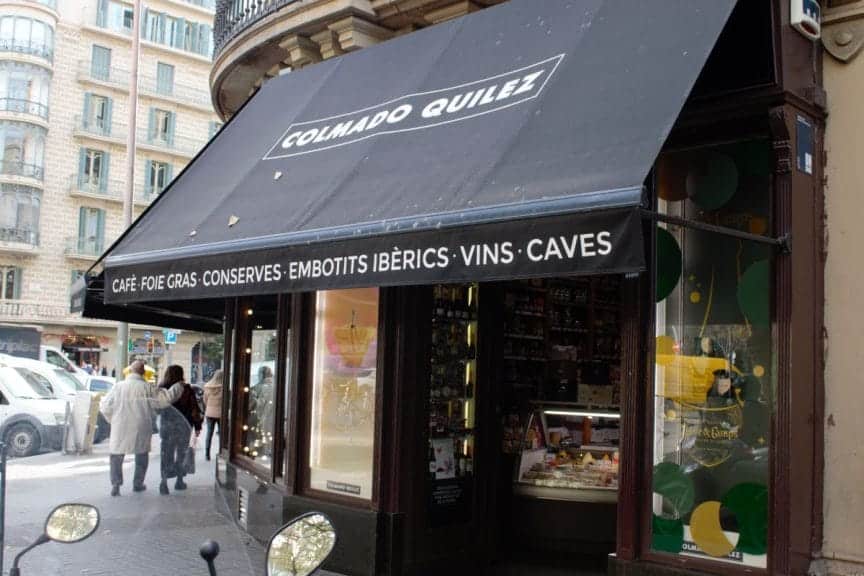
Colmado Quilez
When the awning is lowered, you might easily mistake this historic establishment for any other delicatessen. However, for over 100 years, Colmado Quilez has been a staple of the Eixample district.
Even though leasing laws forced the owners to downsize from a 40-meter space to only 4 meters in 2015, there is an immediate sense of limitlessness when you enter the shop. The feeling of infinite wisdom and an extensive inventory. Every inch, edge, and wall is in use.
Leave it to the specialists dressed in old-world pale blue smocks to assist you with all your gourmet needs. The curved glass fridge is full of local and imported cheeses, and the backroom is a wine aficionado’s paradise.

The future of the colmado
In today’s world, where TikTok cooking trends and online shopping have taken over, where do the historic colmados fit? Truthfully, they probably exist as normal for locals, noteworthy for journalists and something novel for tourists. However, the very fact that these places still remain confirms a prevailing desire for mastery and beauty.



